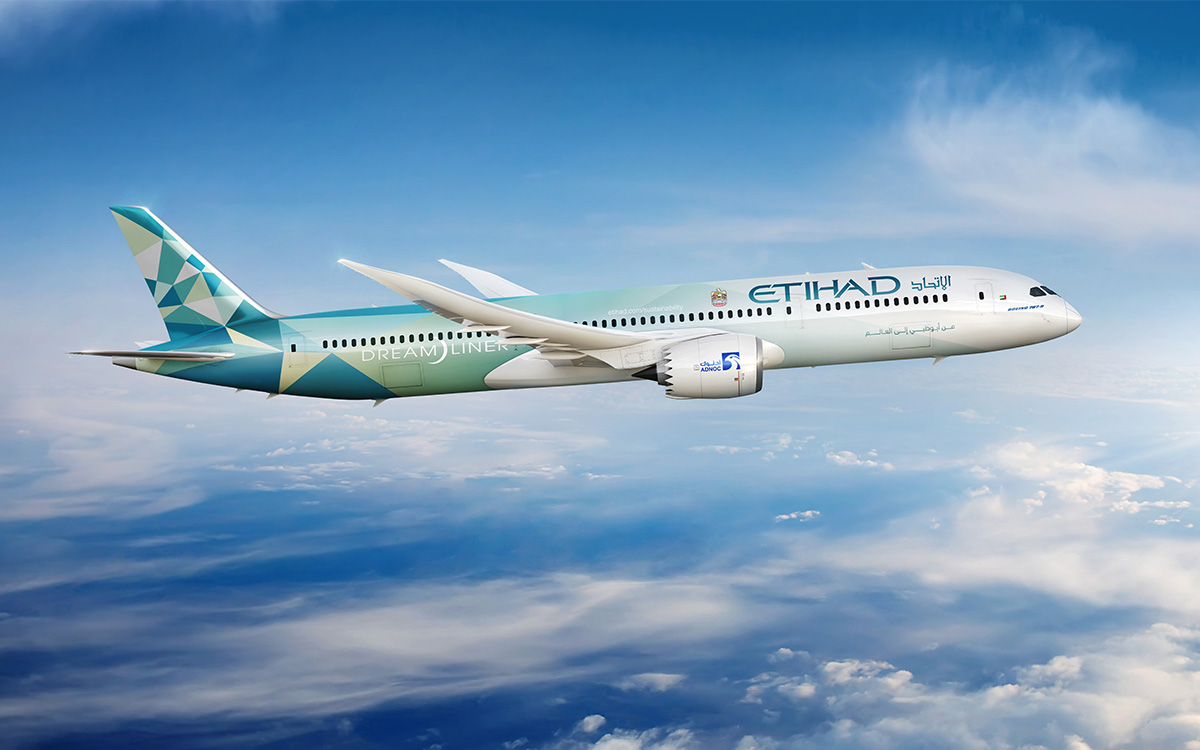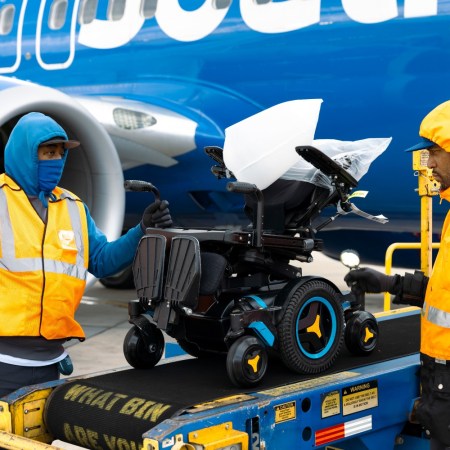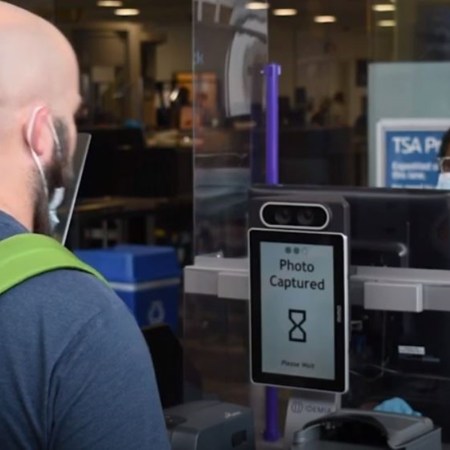A German nonprofit called Atmosfair ran some numbers this summer and figured out that a round-trip flight from New York to London generates 986kg of CO2 per passenger. Across the world, there are 52 countries where individuals contribute less than that total … over an entire year.
Figures like that, and a 16-year-old named Greta, have contributed to this year’s sizzling flygskam movement. The term refers to “flight shaming,” but could just as easily be described as a cultural awakening. It took us long enough, but we finally seem to understand that jettisoning around the planet is incredibly unhealthy for the planet. That epiphany will come at a cost to airlines; Citi estimates that over the next five years, airlines will miss out on a combined $3.8 billion a year, as passengers look to cut back on flying.
The industry is learning (as has virtually every industry in the last few years) that sustainability is good business. And Etihad Airways is now at the forefront. The UAE airline recently shared it plans for the “Etihad Greenliner,” a joint effort with Boeing to debut an eco-conscious aircraft. The plane is a 787 Dreamliner painted in soft blues and greens, with a goal to be at least 20% more fuel efficient than Etihad’s other planes.
It’s not entirely clear yet how the airline will accomplish that, but its maiden flight is in January 2020, from Abu Dhabi to Brussels, and its progress will be closely monitored, like a flying laboratory of sorts. Possible fuel-cutting solutions include test-runs with a sustainable biofuel, or environmentally-thoughtful practices on board, like reducing plastic waste. This is all a good start, and we can only hope, will spur (and eventually normalize) efforts in sustainability from other airlines.
Subscribe here for our free daily newsletter.
Thanks for reading InsideHook. Sign up for our daily newsletter and be in the know.


















